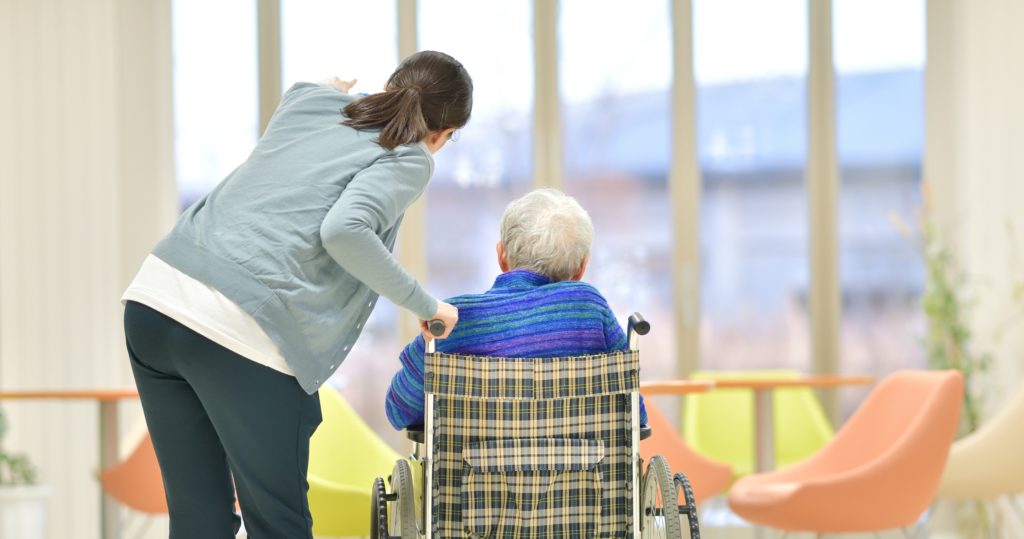The Sleepover Project

Always be nice to your children because they are the ones who will choose your rest home.
~Phyllis Diller
Remember when you were a kid and your parents let you sleepover at a friend’s or cousin’s house? Recall jumping on beds, making prank calls, truth-or-dare, popcorn, PJs, trying to stay up until midnight, and those soft
plaid flannel lined sleeping bags from Montgomery Wards? Sleepovers were almost a rite of passage for baby boomer kids. I can also remember during that era hearing the saying “Don’t judge a man until you’ve walked a mile in his moccasins.” The source of these sage words I can’t recall–it was just something the adults said frequently enough that it became a cliché. It has been attributed to a Native American source; and I always understood the meaning even as a youngster. Walking a mile in another’s moccasins affords insight into what their “journey” is like.
The understanding gained from such an experience is empathy–that is, you come away with some notion of what it’s like to be them. The power in this concept is that another’s experience, can to some extent, become yours (if only temporarily). So empathy can be learned…
Architect as Resident
David Dillard , architect of senior living communities and President of CSD Architects, must have grown up experiencing sleepovers because he is employing that idea to understand what it’s like to live in a nursing home. Dillard started what is called The Sleepover Project where he and fellow architects spend the night (24 hrs.) at nursing homes across the country, in order to understand what the living conditions are like for the residents.
“It gives you a new respect for the residents,” he said. “Living with them deepens your passion for your work, and it opens your eyes to some practical ways to improve a building’s design.”
~David Dillard
Dillard became a roommate of an Alzheimer’s patient at the Los Altos continuing care retirement center and played the role of a Parkinson’s patient. The staff put him in a wheel chair, taped his fingers together to mimic arthritis and labeled him with a colored wristband to notify staff he was prone to falls.
He lived as any resident might with the institutional requirements of regimented scheduled meal times, middle of the night wake-up for a bathroom visit and early morning vital signs before his shower; as well as attending a birthday party for residents in the afternoon.
Dillard notes that it’s too early to draw definite conclusions from The Sleep Over Project, but the goal is to improve designs which better accommodated infirmities and look more like homes. “What we design today will be what my generation inherits in its old age. That’s a big incentive to do better.”
Empathetic Design is a worthy goal, my only concern is that 24hrs “in someone else’s moccasins” (nursing home residents) may not be enough road time to develop empathetic-insights that provide meaningful impact–but, it’s a start.
Rules for Sleepover Architects:
1. No jumping on the beds
2. No prank calls
3. Lights out at 9:30 (no staying up until midnight)
4. If you spill Kool-aid , popcorn, or leave M&Ms on the floor, you will clean them up
________________________________________________________________________________________
